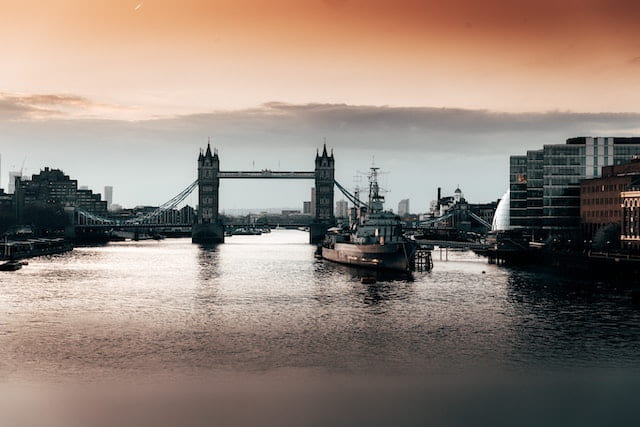In an era of constant urbanization and technological advancement, mega structures have emerged as architectural and engineering marvels that captivate the imagination and redefine our urban landscapes. These colossal feats of human ingenuity are not merely colossal, but they also embody profound significance in our society.
Historical Evolution of Mega Structures
It has a rich historical legacy. The ancient civilizations, for instance, the Egyptians and Romans, pioneered monumental constructions. The Industrial Revolution marked a turning point, culminating in iconic structures like the Eiffel Tower. Modern marvels like the Burj Khalifa and Shanghai Tower continue redefining structural possibilities.
Mega Structures as Engineering Marvels
These are not just massive; they represent the pinnacle of engineering excellence. Building these colossal creations requires innovative designs, cutting-edge materials, and advanced construction methods. Take the Millau Viaduct in France, for example; stretching an astounding 1,125 feet, it stands as the tallest bridge.
Its groundbreaking use of high-strength concrete and cable-stayed design underscores the relentless pursuit of engineering possibilities in civil engineering. These mega structures are more than just practical; they are monuments to human ingenuity.
Sustainable Mega Structures
As environmental awareness grows, the sustainability of large-scale constructions is crucial. Green building techniques, renewable energy, and eco-friendly materials are now being integrated. For instance, One Central Park in Sydney has vertical gardens that enhance the building’s appearance while improving air quality and energy efficiency.
Mega structures are leading the way in sustainable construction practices and setting an example for future developments in the face of climate change.
Vertical Cities and Skybridges

With urban populations keep on rising, architects and city planners are exploring innovative solutions to optimize limited space. Two visionary concepts are vertical cities, interconnected skyscrapers offering residences, commercial and recreational areas, and sky bridges, elevated walkways connecting buildings to reduce the need for ground-level transportation and enhance urban connectivity.
Mega structures represent a testament to human innovation and engineering and an essential component of our urban future. From their historical evolution to their sustainability features and the visionary concepts of vertical cities and sky bridges, it continues to shape how we live and build our cities.
